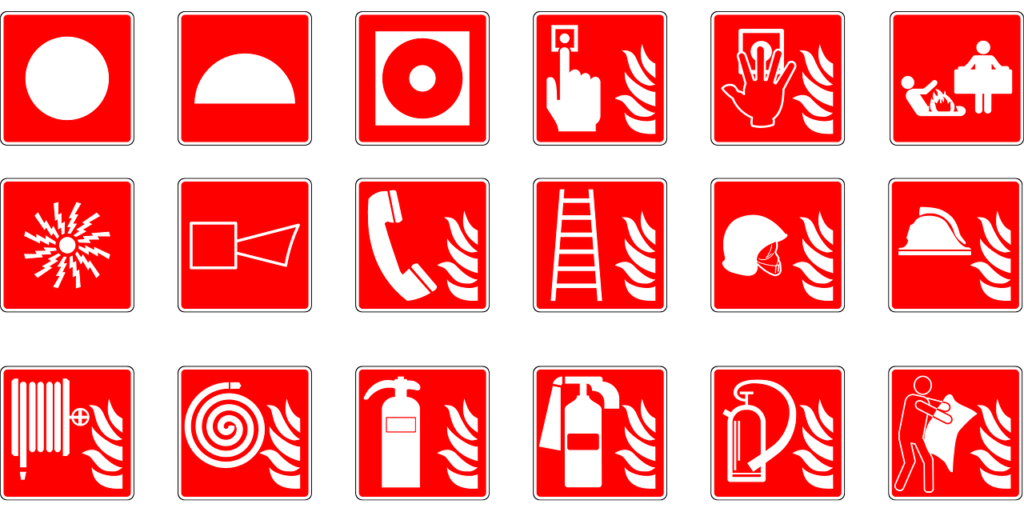“Is It Safe to Travel?”

This image is property of pixabay.com.
Table of Contents
Introduction
How can one determine whether it is safe to embark on a journey in these uncertain times? This question looms large for many prospective travelers today. Safety concerns are multifaceted, encompassing health risks, geopolitical tensions, and environmental factors.
In recent years, the landscape of travel has evolved significantly. The COVID-19 pandemic, political unrest, and climate change have added layers of complexity to travel decisions. This article aims to provide a comprehensive analysis, grounded in factual evidence, to help readers navigate the current travel environment. Given its relevance and timeliness, the question of safety in travel deserves a systematic exploration.
Historical Context of Travel Safety
Understanding the historical context of travel safety is crucial. For centuries, human beings have traversed the globe, often facing significant risks. Ancient travelers had to confront natural threats like harsh weather, wild animals, and unforgiving terrains. With the advent of modern transportation, the nature of these risks has shifted but not disappeared.
In the 20th century, air travel became mainstream, but it also introduced a new set of concerns, including hijackings and accidents. The latter half of the 20th century saw increased awareness around these risks, leading to enhanced safety protocols. Despite these advancements, the 21st century has brought new challenges, including terrorism and pandemics, that require constant vigilance and adaptation.
Current Travel Trends
In 2023, several trends have emerged that impact travel safety. Firstly, the lingering effects of the COVID-19 pandemic have made health considerations paramount. Many countries now require proof of vaccination or negative test results as an entry condition.
Additionally, geopolitical instability in various regions poses another form of risk. Locations that were once popular travel destinations may now be off-limits due to conflict or political unrest.
The rise of eco-tourism reflects growing awareness of environmental concerns. Travelers are increasingly choosing destinations and activities that prioritize sustainability. Though beneficial, this trend also means that travelers may venture into remote areas where healthcare and safety infrastructure are limited.
Key Concepts and Definitions
Health Risks
Health risks in travel encompass both communicable diseases (e.g., COVID-19, malaria) and non-communicable risks (e.g., heart attacks, injuries). Vaccinations and up-to-date health screenings are essential.
Geopolitical Risks
Geopolitical risks can range from political instability and corruption to terrorism and general safety concerns in a particular region. Websites such as the U.S. State Department and the United Nations often provide comprehensive advisories.
Environmental Risks
Environmental risks include natural disasters (e.g., earthquakes, hurricanes) and human-induced environmental issues (e.g., pollution, deforestation). Staying informed about the local environment is essential for any traveler.

This image is property of pixabay.com.
Analyzing Travel Safety
Health Considerations
Example 1: COVID-19
The COVID-19 pandemic has dramatically altered the landscape of international travel. According to the World Health Organization (WHO), over 221 countries have reported cases, making it a global concern. Many countries require negative test results or proof of vaccination upon entry, and local restrictions such as quarantine measures vary widely.
Table: COVID-19 Travel Requirements
| Country | Vaccination Requirement | Quarantine Necessity | Mask Mandate |
|---|---|---|---|
| United States | Yes (fully vaccinated) | No | Varies by state |
| United Kingdom | Yes (fully vaccinated) | No | Public transport |
| Australia | Yes (fully vaccinated) | Yes (up to 14 days) | Public spaces |
| Japan | Yes (fully vaccinated) | No | Public spaces |
Travelers must stay updated with official resources such as the WHO and the Centers for Disease Control and Prevention (CDC) to adapt to the evolving protocols.
Example 2: Malaria
Malaria remains a significant concern for travelers in tropical and subtropical regions. According to the CDC, approximately 2,000 cases are diagnosed in the U.S. annually, mostly in travelers and immigrants returning from malaria-endemic countries. Preventive measures include taking anti-malarial medication and using insect repellent.
Geopolitical Factors
Example 1: Political Unrest
Political instability can disrupt travel plans at any time. The Arab Spring of 2011, for instance, saw numerous protests and uprisings across the Middle East and North Africa. Travel advisories were quickly updated to warn travelers against visiting these regions. Consulting reliable sources like government travel advisories can provide real-time information about the safety of a destination.
Example 2: Terrorism
Terrorism remains a less frequent but impactful concern. European cities like Paris and London have experienced attacks in recent years, affecting tourism. These incidents often lead to immediate but temporary reductions in travel, with a rapid return to normalcy as new safety measures are implemented.
Table: Geopolitical Risks in Popular Destinations
| Destination | Political Stability Index (1-10) | Terrorism Threat Level (Low/Medium/High) | Recent Incidents |
|---|---|---|---|
| Paris, France | 7 | Medium | 2015 attacks |
| Cairo, Egypt | 4 | High | Arab Spring 2011 |
| Tokyo, Japan | 9 | Low | N/A |
| Sydney, Australia | 9 | Low | N/A |
Environmental Considerations
Example 1: Natural Disasters
Natural disasters such as hurricanes, earthquakes, and tsunamis can occur without warning. Japan, for example, is prone to earthquakes, while the Caribbean is vulnerable to hurricanes. Travelers should check seasonal patterns and disaster preparedness of their chosen destination.
Key Facts
- During hurricane season, areas like the Caribbean, Gulf of Mexico, and the Atlantic Coast of the United States are particularly vulnerable.
- Earthquake-prone areas include the Pacific Ring of Fire, which affects countries such as Japan, Indonesia, and New Zealand.
Example 2: Environmental Conservation
The increasing popularity of eco-tourism poses both benefits and challenges. While eco-tourism promotes sustainability, it often involves travel to remote areas with limited access to healthcare and emergency services. Travelers should prepare accordingly, bringing necessary supplies and having emergency contacts and evacuation plans.
Comparing Different Points of View
Travel safety can be perceived differently depending on one’s perspective. To illustrate this, consider the following points of view:
Traveler: Their primary concern may be personal health and wellbeing. Access to healthcare facilities, the effectiveness of emergency services, and the current political climate of the destination are their focal points.
Travel Agency: A travel agency needs to ensure the safety of their clients to maintain their business reputation. They may be more focused on the logistical aspects of safety, such as reliable local partnerships, safe transportation methods, and contingency plans.
Local Population: For locals, safety considerations might include the impact of tourism on public health and community wellbeing. They may advocate for regulations that protect both residents and visitors.
Government: Governments prioritize national security and public health. They issue travel advisories and regulations that can affect the influx of tourists. These advisories are based on intelligence, health statistics, and environmental assessments.

This image is property of pixabay.com.
Impact Assessment
The consequences of varying perspectives on travel safety can be profound. When travelers prioritize their safety by avoiding high-risk areas, it can lead to a decline in tourism revenue for that region. Conversely, well-informed travelers who follow safety protocols can help sustain tourism economies while minimizing risks.
The impact of policy-level decisions, such as travel advisories, can also be significant. A travel advisory against visiting a particular country can lead to an economic downturn in its tourism sector, affecting local employment and income.
Future Directions and Implications
Predictions
The future of travel safety will likely see advancements in technology to mitigate risks. For instance, digital health passports containing vaccination and test records may become standard. Geopolitical risk assessment tools using AI could provide real-time travel safety analytics.
Implications
The implications of these advancements are manifold. Improved travel safety measures will boost traveler confidence, which in turn can rejuvenate tourism industries adversely affected by the pandemic or political instability. However, increased digitalization also raises concerns around data privacy and cybersecurity.

Conclusion
To summarize, the question “Is it safe to travel?” is complex and situationally dependent. Health risks, geopolitical instability, and environmental factors all contribute to the safety landscape. By adhering to updated advisories and employing preventive measures, travelers can significantly mitigate risks.
The information provided in this article is based on credible sources like the WHO, CDC, and governmental advisories. It aims to offer a balanced view to help readers make informed decisions about their travel plans. What are your thoughts on these insights regarding travel safety?
For more detailed articles and travel tips, consider exploring additional resources within our platform.
